
BMW X5 Estate (2007-2013) running costs and reliability
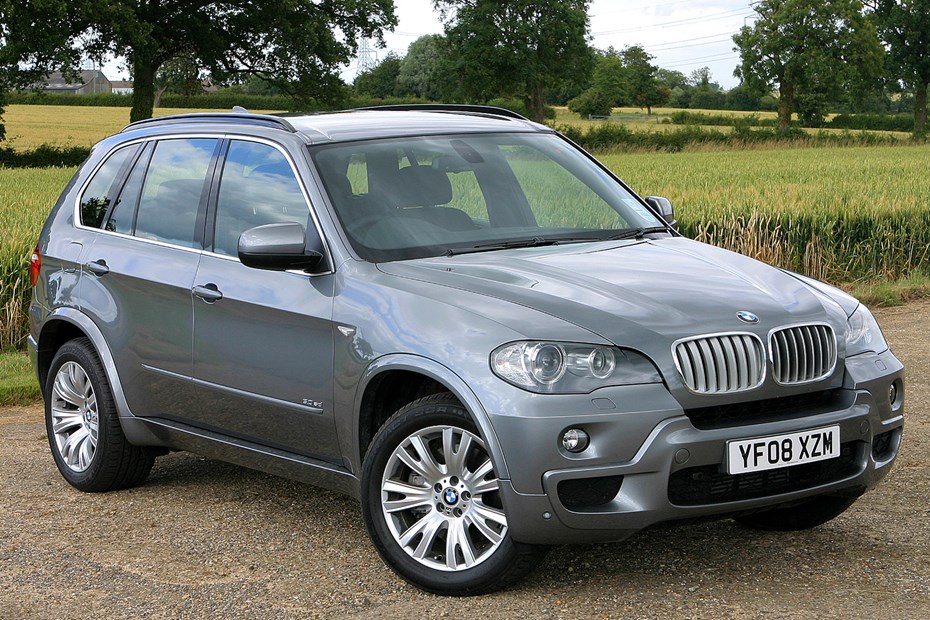
Miles per pound (mpp)
Fuel economy
The X5 is a little more expensive than the original model and some features (such as floor mats) are frustratingly restricted to the options list. Six-cylinder X5s are in insurance group 17, while the 4.8i is in group 19. Although petrol versions are thirsty, fuel consumption is improved over the original X5. For most, the diesels will be the sensible option to go for if BMW X5 running costs are a concern.
Depreciation is slow meaning the X5 will hold its value well.
BMW has fitted its Efficient Dynamics fuel-saving technology to the X5 but as a heavy 4x4 it’s no surprise that BMW X5 emissions will be high. The average CO2 across the range is 240g/km which is high – but when you compare this to rivals it’s actually quite impressive. The greenest model is the 3.0d which emits 214g/km of CO2 and can average 35mpg – although the more powerful twin-turbo version (badged 3.0sd) is little different emitting 2g/km more and returning 0.5mpg less.
X5 is a polluting model. With an average of 265 g/km CO2 across the model line-up, its emissions are quite high for a large 4x4. It’s worth noting that the line-up does not feature any diesel models, which typically produce less carbon dioxide than petrol engines with similar power outputs. The range is quite thirsty, averaging 25 mpg.
The previous BMW X5 had good reliability, with only a few niggling problems for some unlucky owners. The second-generation model should be even better so expect strong BMW X5 reliability.
Ongoing running costs
| Road tax | £395 - £760 |
|---|---|
| Insurance group | 40 - 50 |
Get an insurance quote with

|
|



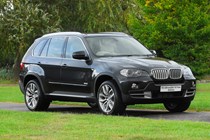
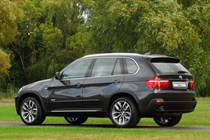
.jpg)
.jpg)
.jpg)
.jpg)
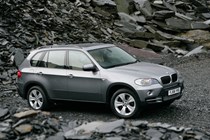
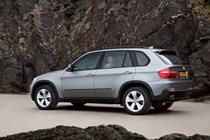
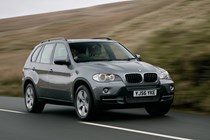


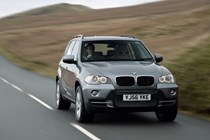

.jpg)
.jpg)
.jpg)
.jpg)
.jpg)

.jpg)
.jpg)
.jpg)
.jpg)
.jpg)
.jpg)

.jpg)
.jpg)




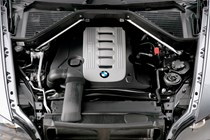



.jpg?quality=50)
.jpg?quality=50)
.jpg?quality=50)
.jpg?quality=50)







.jpg?quality=50)
.jpg?quality=50)
.jpg?quality=50)
.jpg?quality=50)
.jpg?quality=50)

.jpg?quality=50)
.jpg?quality=50)
.jpg?quality=50)
.jpg?quality=50)
.jpg?quality=50)
.jpg?quality=50)

.jpg?quality=50)
.jpg?quality=50)




